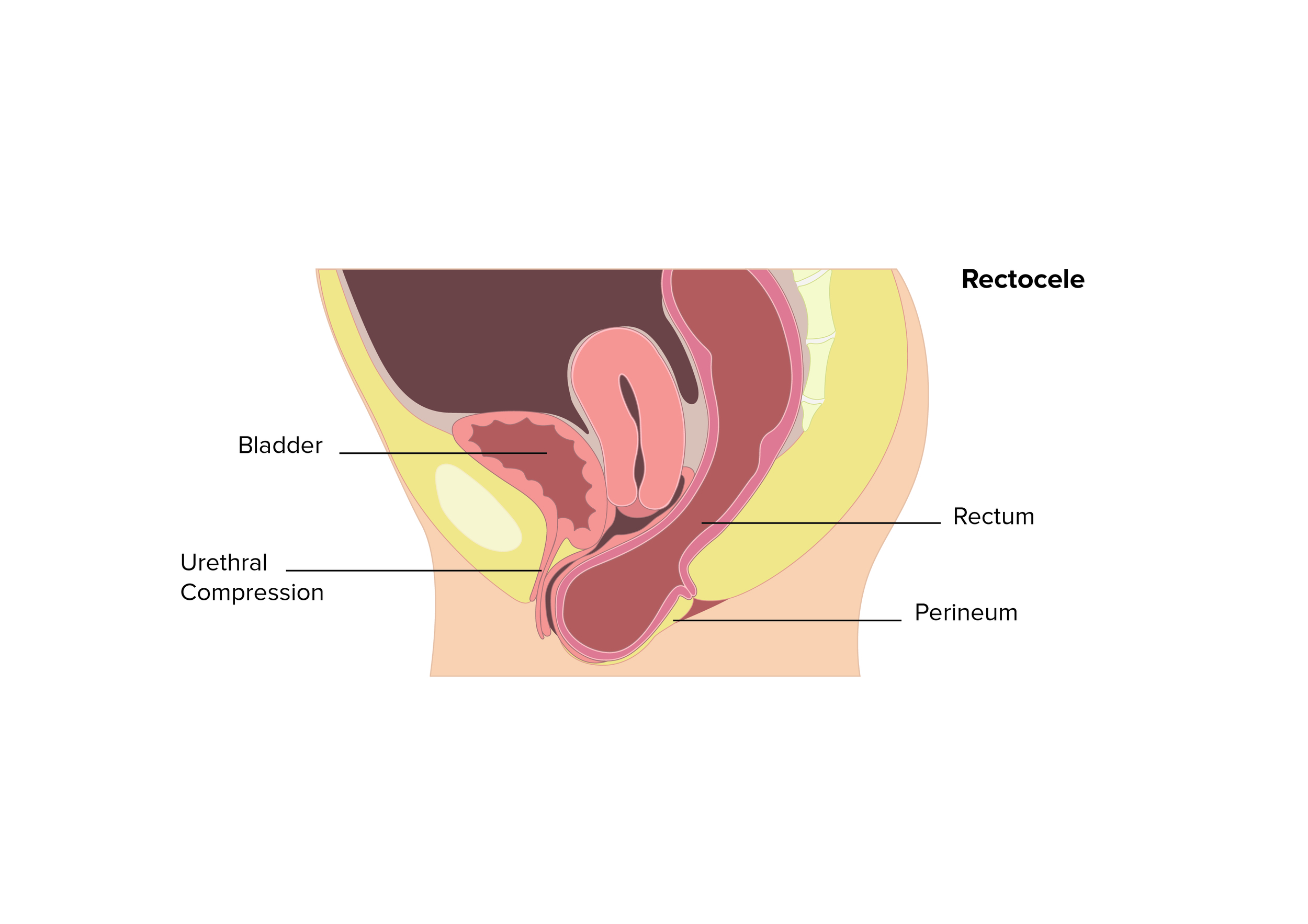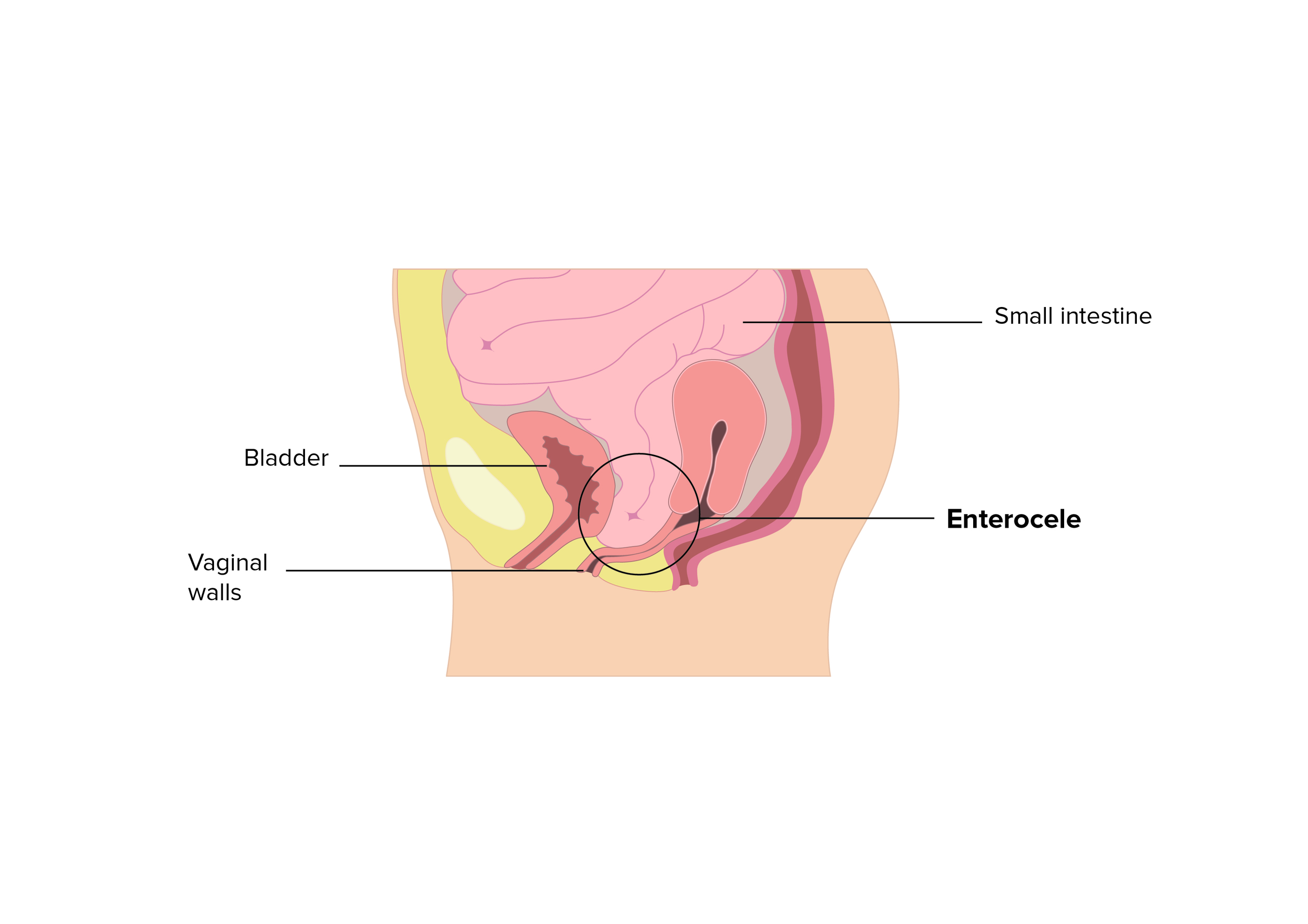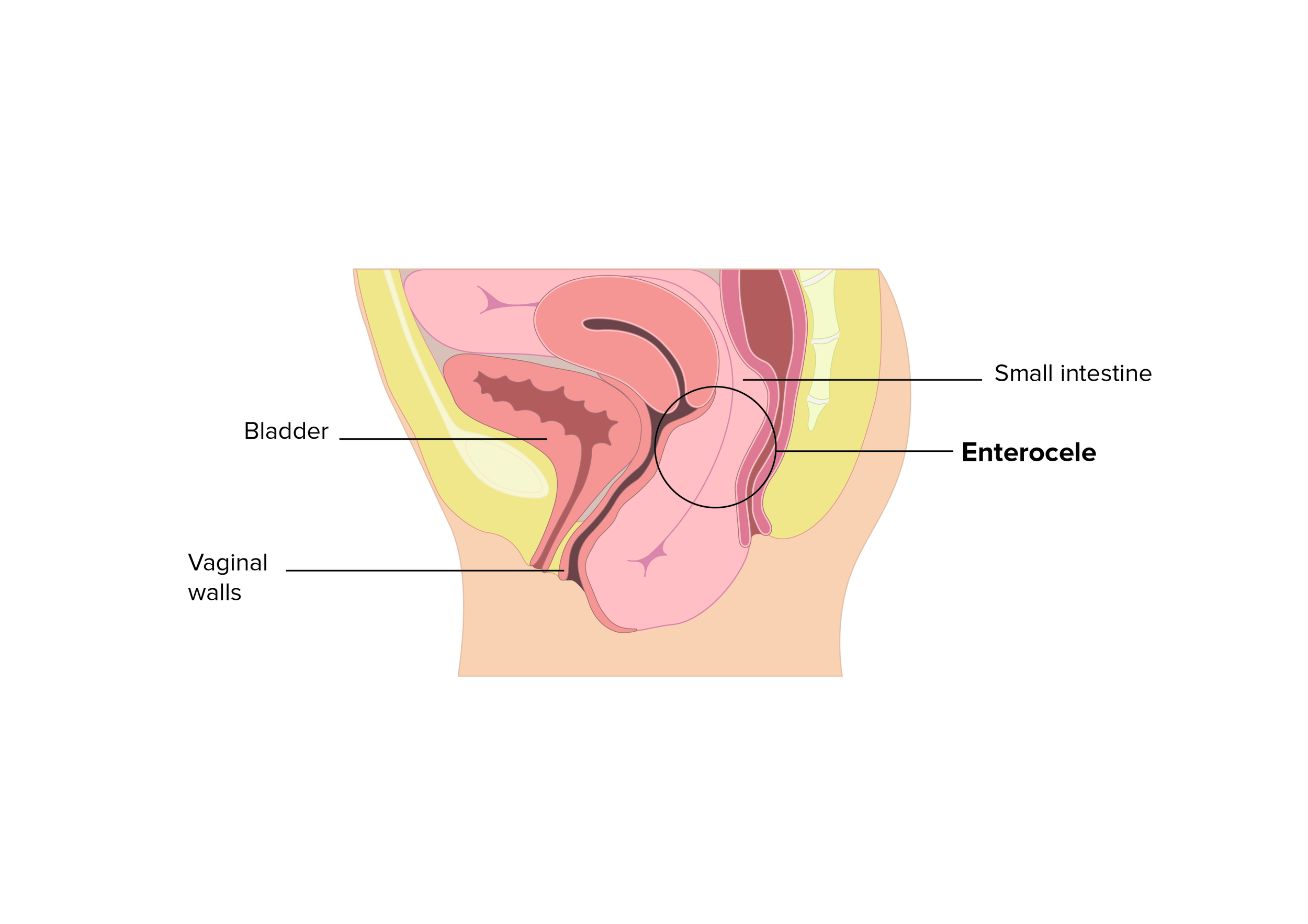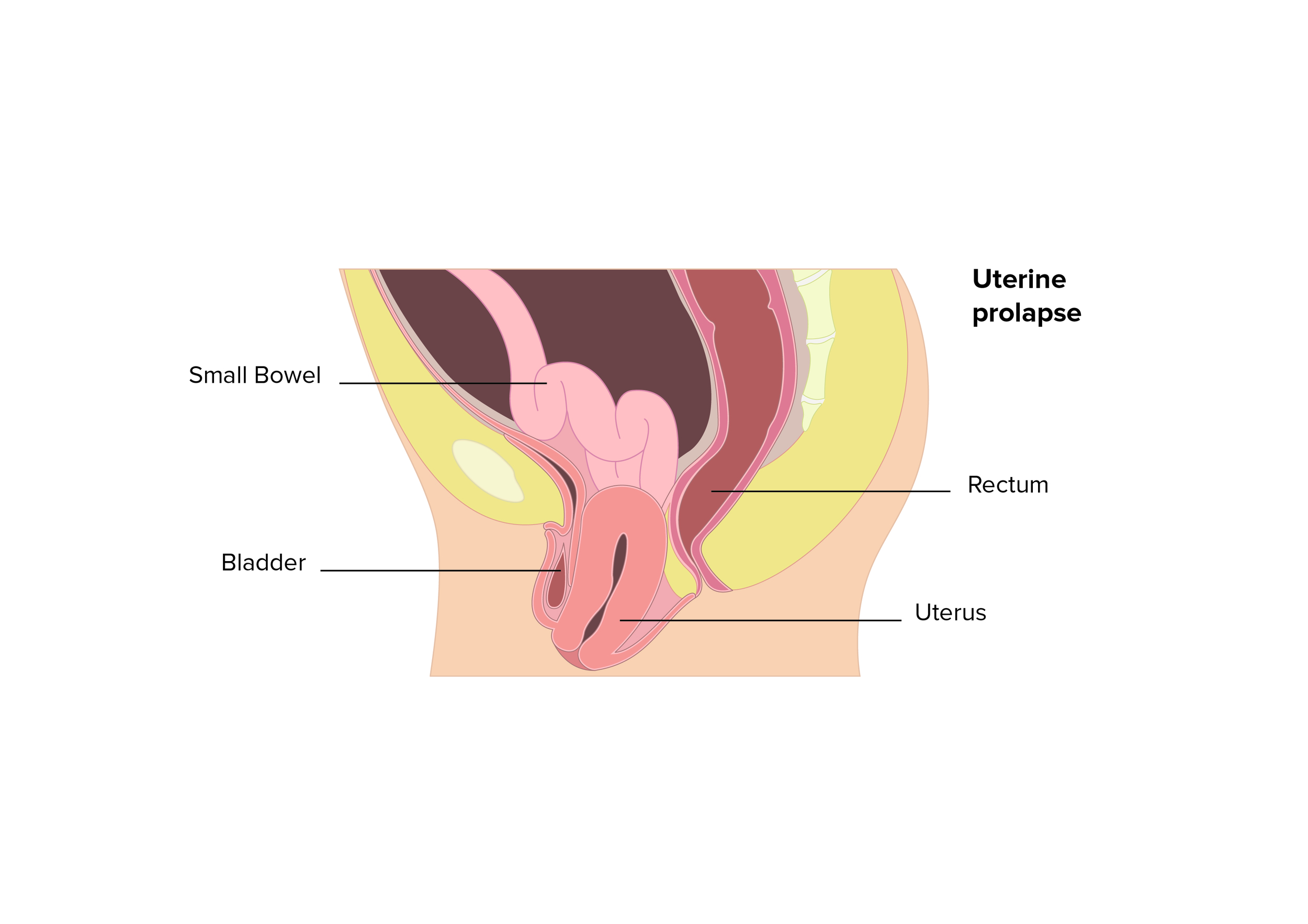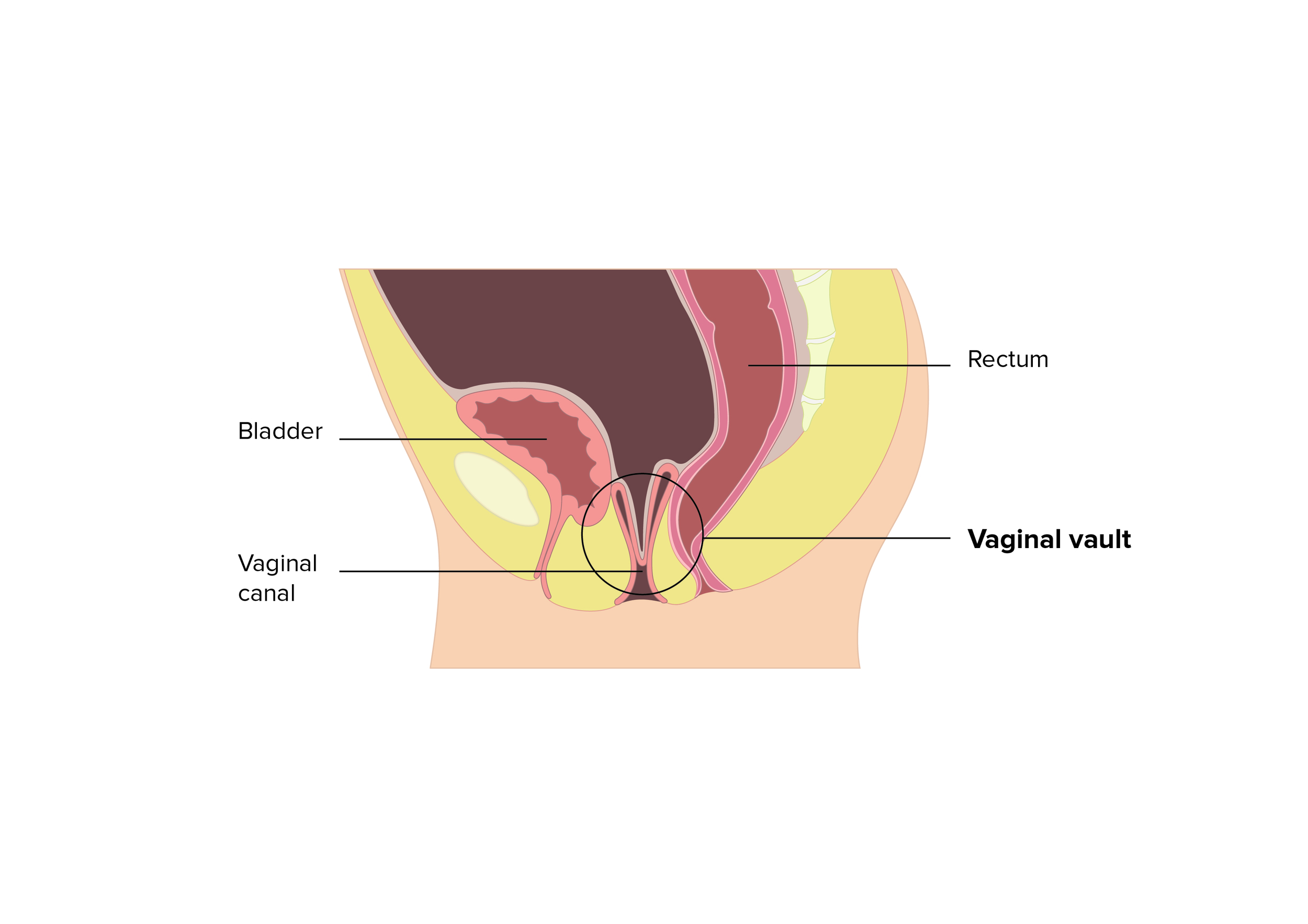WHAT KIND OF POP DO I HAVE?
Images generously provided by Design By Day, an independent design and digital agency located in Manchester, UK, committed to helping brands and organizations connect with audiences through thoughtful, unique pieces of design and digital products. Design By Day works with global organizations and local businesses in public and private sectors, including health, retail, music, the arts, charities and consultancies.
https://www.designbyday.co.uk/
CYSTOCELE
A cystocele occurs when the bladder shifts down toward the vagina and bulges into the front vaginal wall. The urethra often is displaced as well since it is attached to the bladder.
A cystocele can cause frequent and/or urgent need to urinate, urinary leakage (incontinence) including during sexual activity (coital incontinence), and in advanced stages of POP, difficulty urinating and incomplete bladder emptying. Leakage of urine is a common symptom of POP.
RECTOCELE
A rectocele occurs when the colon pushes into the rear vaginal wall; a "U" shaped bulge occurs in the colon making it difficult to have a bowel movement and typically severe constipation occurs.
Other symptoms of a rectocele are rectal pain and pressure, hemorrhoids, or impacted stool.
ENTEROCELE
An enterocele occurs when the small intestine drops into the space between the colon and rear vaginal wall; it is also possible for an enterocele to drop into other locations within the pelvic cavity.
An enterocele often occurs in conjunction with a rectocele or uterine prolapse. Note an enterocele may occur behind or in front of the uterus.
UTERINE PROLAPSE
Uterine prolapse occurs when the uterus (womb) shifts downward into the vaginal canal; the uterus may shift partially into the vaginal canal, be completely positioned within the vagina, or may bulge out of the vagina.
Procidentia occurs when the uterus has shifted completely outside of the body beyond the outer edge of the vagina.
VAGINAL VAULT PROLAPSE
The vaginal vault region is at the top of the vagina; vaginal vault prolapse occurs when the top of the vagina caves in on itself. Vaginal vault prolapse may occur after a woman has a hysterectomy; degree of risk varies with type of surgical procedures performed.



